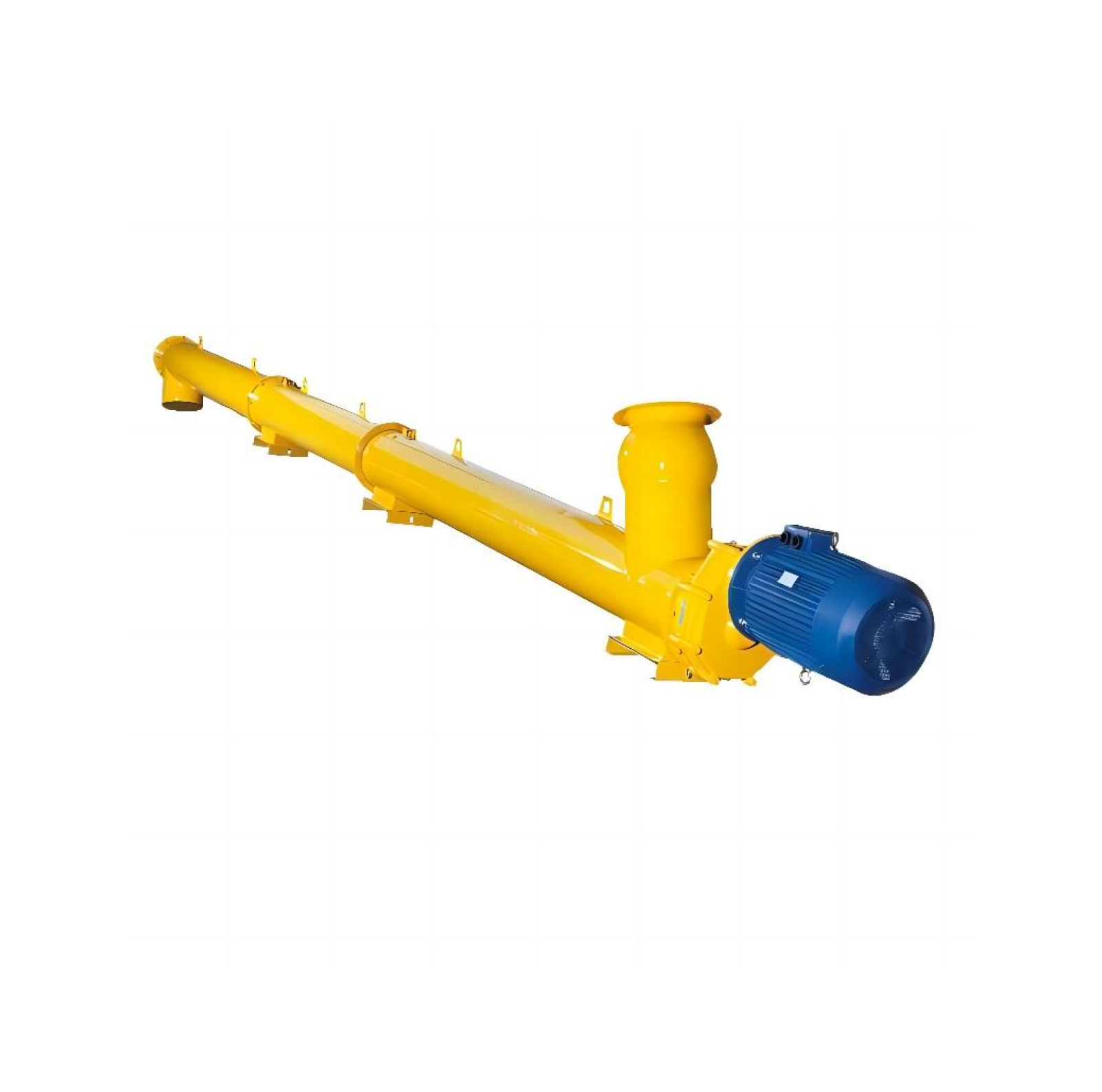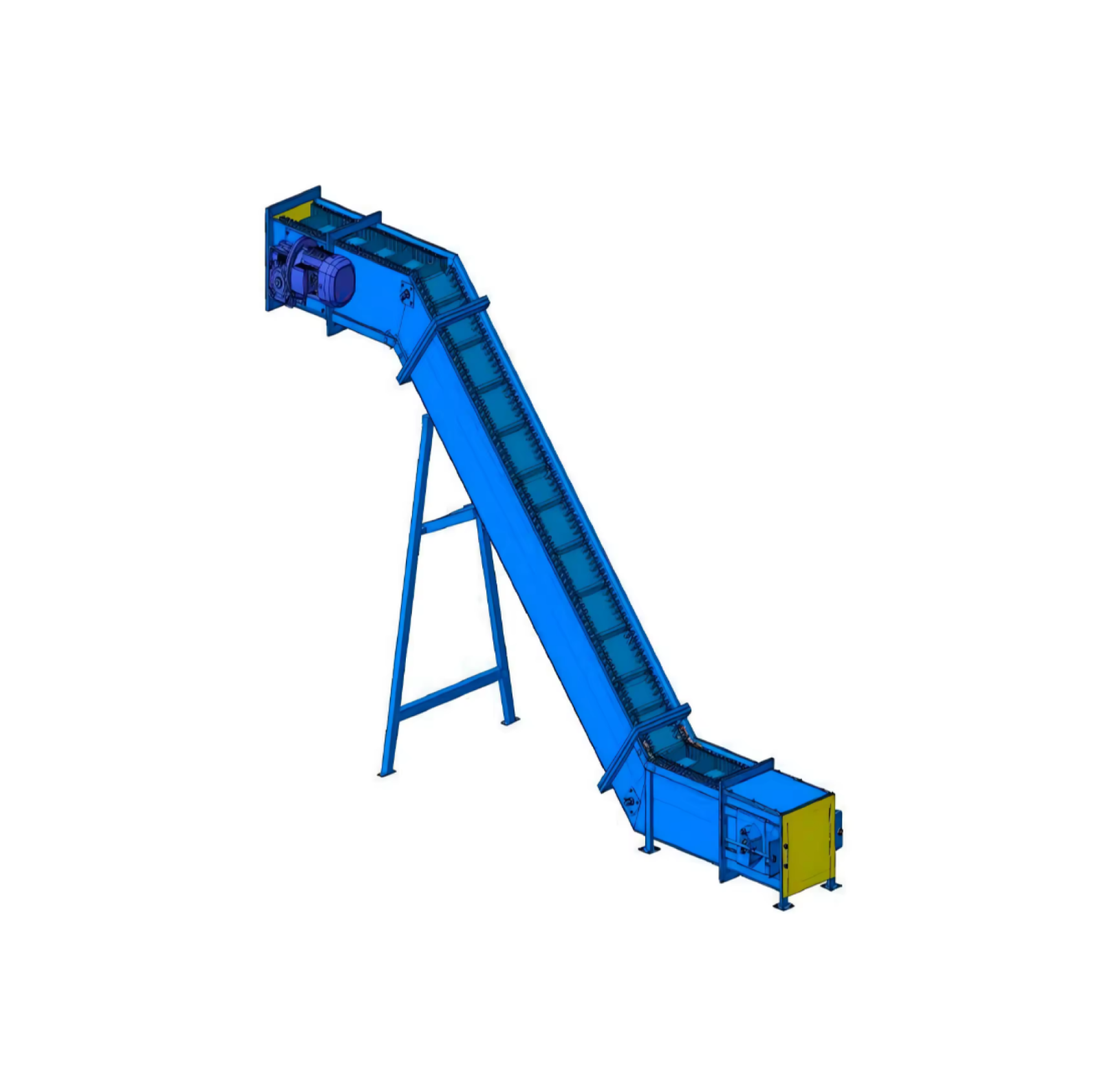
In industries such as mining and building materials, linear vibrating screens, as an efficient screening equipment, undertake important material separation and processing tasks. In the current increasingly competitive market environment, improving screening accuracy and processing capacity has become the key to the sustainable development of the industry.
In order to improve the screening accuracy of linear vibrating screens, we first need to pay attention to the optimization of vibration parameters. Reasonable vibration frequency and amplitude can effectively promote the movement of materials on the screen surface. Through experiments, we found that when the frequency changes within a certain range, the screening effect will be significantly improved.
Selecting the appropriate vibration frequency and amplitude can achieve the optimal movement trajectory of materials on the screen, thereby improving material separation efficiency. In different application scenarios, the frequency and amplitude of the demand may be different, which needs to be adjusted according to the specific material characteristics.
The material and structure of the screen have a direct impact on the screening effect. Choosing appropriate screen materials such as high-strength steel wire or polyester mesh can ensure the durability and elasticity of the screen under high loads.
In addition to the material, the pore size and shape of the screen are also key factors affecting screening efficiency. The use of innovative screen designs, such as multi-layer screens or stacking of different apertures, can not only improve screening efficiency, but also reduce material clogging.
The flow rate of materials directly affects the screening effect. Setting the appropriate material flow rate can ensure the uniform load of the screen machine and avoid material accumulation. In practice, we have found that when different material characteristics are matched with the screen, the adjustment of the flow rate will directly correspond to the improvement of the screening results.
By optimizing the vibration parameters of the linear vibrating screen, comprehensively adjusting the screen material and flow settings, we can significantly enhance the performance of the equipment and achieve better screening results and higher production capacity. This not only improves the efficiency of equipment use, but also creates greater economic value for customers.
In future development, we will continue to focus on the combination of industry best practices and technological innovation to ensure that linear vibrating screens can maintain a leading position in the changing market demands.


